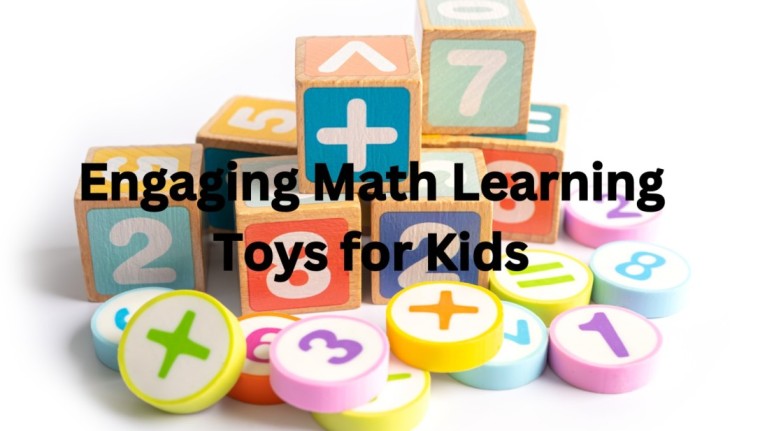Math Learning Toys: 7 Powerful Picks to Boost Your Child’s Skills
Math learning toys play a crucial role in transforming the often abstract and challenging subject of math into an engaging and interactive experience. These toys are designed to make math fun, helping children grasp mathematical concepts through play. By incorporating hands-on activities and interactive elements, math learning toys not only enhance a child’s mathematical skills but also foster a genuine interest and enthusiasm for numbers. In this article, we’ll explore the top seven math learning toys that can significantly improve your child’s mathematical abilities while making learning an enjoyable adventure.
Why Math Learning Toys Are Crucial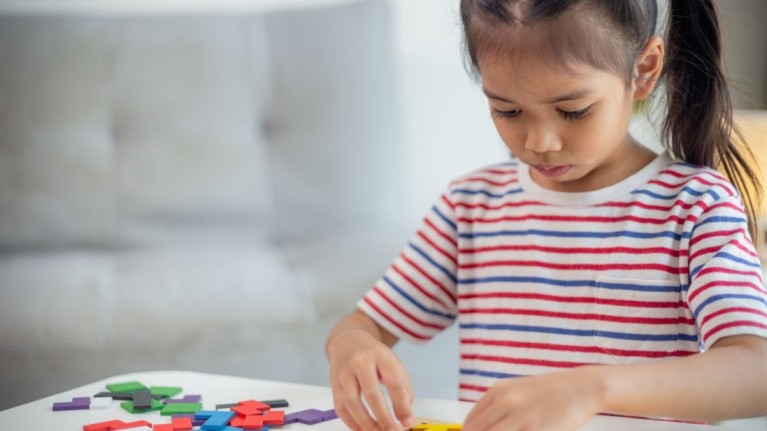
Math learning toys provide interactive learning experiences. They make abstract math concepts tangible. Kids handle objects, grasping counting, addition, and subtraction more concretely. These toys build confidence in solving problems and learning new concepts at their own pace. Engaging math toys include puzzles and challenges, promoting critical thinking and problem-solving skills. They cater to different learning preferences, designed for visual, auditory, and kinesthetic learners. Math learning toys blend play with education, making math a fun part of their daily routine.
Top 7 Math Learning Toys for Kids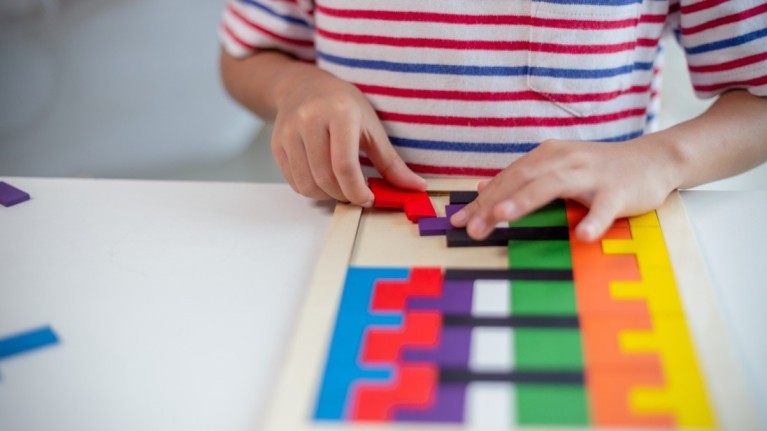
Here are the best math learning toys to boost your child’s math skills:
| Toy | Features | Age Group | Benefits |
|---|---|---|---|
| Counting Bears | Colorful, tactile, includes sorting cups | Toddlers | Teaches counting and sorting |
| Classic Abacus | Traditional tool with beads for counting | Ages 3-7 | Helps with basic counting, addition, subtraction |
| Math Link Cubes | Connectable blocks for building and counting | Ages 4-8 | Great for counting, addition, and multiplication |
| Number Blocks | Blocks for building and deconstructing numbers | Ages 5-9 | Visual learning of addition and subtraction |
| Fraction Fun Sets | Toys like pizza fractions for visualizing fractions | Ages 6-10 | Simplifies understanding of fractions |
| Magnetic Number Boards | Magnetic surface for interactive play | Ages 5-10 | Interactive counting and math practice |
| Shape Sorters | Toys that sort shapes and colors | Toddlers | Teaches basic geometry and spatial awareness |
1. Counting Bears with Cups
Counting Bears are perfect for toddlers. They teach counting and sorting with colorful, engaging designs. Research from the National Association for the Education of Young Children (NAEYC) highlights that hands-on toys like these can significantly enhance early mathematical understanding (NAEYC).
2. Classic Abacus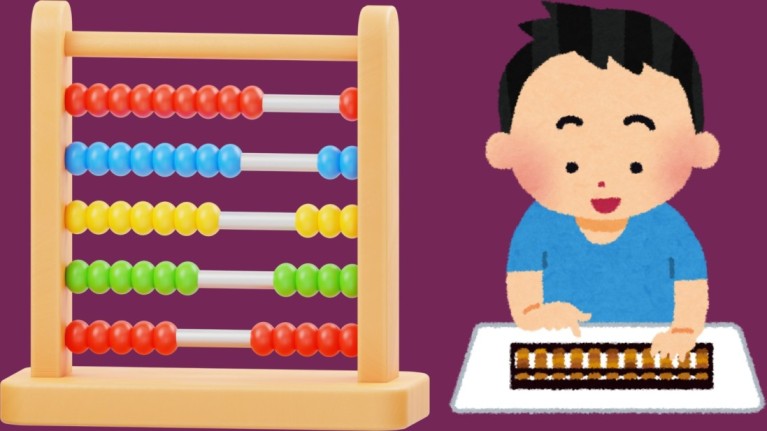
The classic abacus supports basic math skills. It is effective for understanding counting, addition, and subtraction. According to a study published in the Journal of Educational Psychology, using an abacus can improve arithmetic abilities in young children (Journal of Educational Psychology).
3. Math Link Cubes
Math Link Cubes are ideal for exploring fundamental math concepts. They support counting, addition, and multiplication. A study by the University of California found that manipulatives like Math Link Cubes help enhance mathematical problem-solving skills (University of California Study).
4. Number Blocks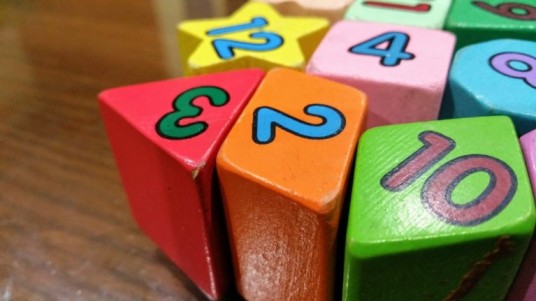
Number Blocks provide a visual approach to learning math. They are excellent for building and breaking down numbers, teaching addition and subtraction. Research from the University of Michigan indicates that visual aids improve mathematical understanding and retention (University of Michigan Study).
5. Fraction Fun Sets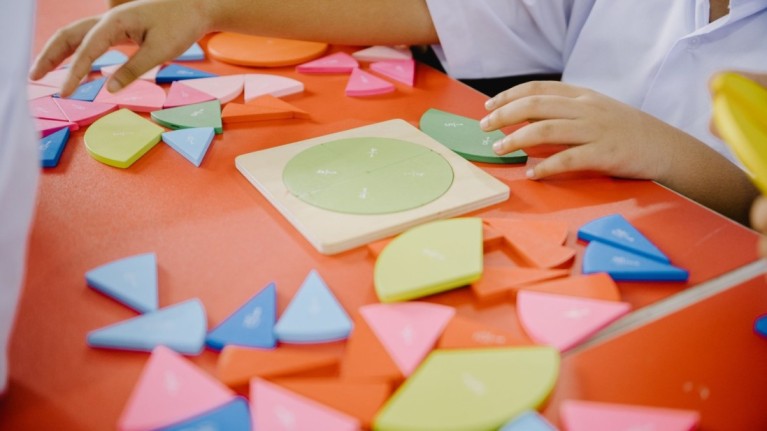
Fraction Fun Sets simplify the concept of fractions. Toys like pizza fractions visually demonstrate parts of a whole. The National Council of Teachers of Mathematics (NCTM) suggests that visual fraction representations can improve comprehension (NCTM).
6. Magnetic Number Boards
Magnetic Number Boards facilitate interactive learning. Kids use them to practice counting and math operations. The Educational Research Review highlights that interactive tools can significantly enhance learning outcomes (Educational Research Review).
7. Shape Sorters
Shape Sorters teach basic geometry and improve spatial awareness. They are suitable for early learners and support understanding of geometric concepts. According to the American Educational Research Journal, shape sorters can boost spatial reasoning skills (American Educational Research Journal).
Choosing the Best Math Learning Toy
Select math learning toys based on your child’s age and skill level. Choose toys that match their abilities and provide suitable challenges. Go for toys that adapt as your child’s math skills grow.
Conclusion
Math learning toys are a valuable investment in your child’s education. These tools make math enjoyable and enhance learning. Explore the top picks for math learning toys and build a solid foundation for future success in math. Start integrating these toys into your child’s playtime today.
For more educational resources and support, visit Tutorlex. Discover a range of tools and tips to support your child’s learning journey.
FAQs
1. At what age should I introduce math learning toys to my child?
Math learning toys can be introduced as early as toddlerhood, around 1-2 years old. Toys that focus on basic counting, sorting, and number recognition are ideal for this age group. As your child grows, you can gradually introduce more complex toys that cover advanced concepts like addition, subtraction, and fractions.
2. How can I tell if a math toy is effective for my child?
An effective math toy should be both engaging and educational. Observe how your child interacts with the toy—are they interested, challenged, and willing to explore? The toy should encourage critical thinking and problem-solving while making learning fun. If your child quickly loses interest or finds the toy too challenging, consider a different toy that better suits their current skill level.
3. Can math learning toys replace traditional teaching methods?
Math learning toys are excellent supplements to traditional teaching methods but should not replace them entirely. They enhance learning by providing hands-on experiences that reinforce what your child is learning through school or other educational activities. For optimal results, combine math toys with regular study routines to offer a comprehensive learning experience.





